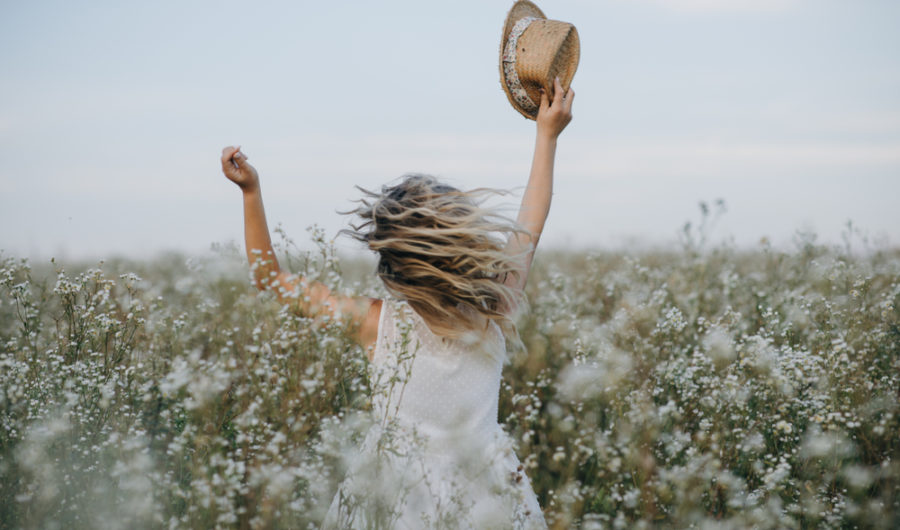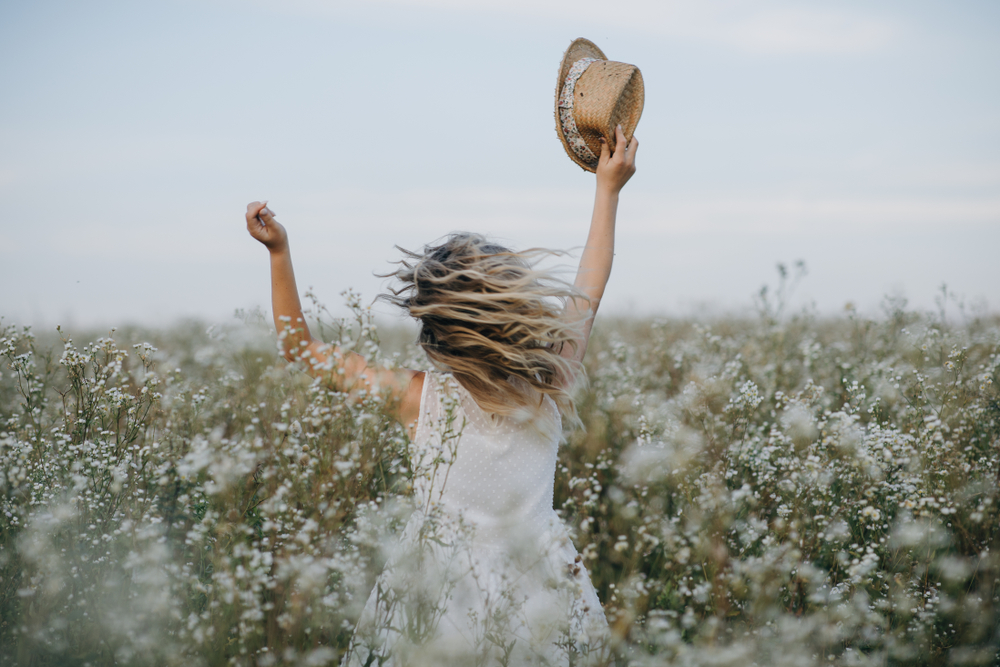Leafy-green summertime is one of our favourite seasons – the days are long and the flowers are blooming! But if you suffer from hay fever, it can be less dreamy. What about when there’s a nasty virus out there that could potentially result in similar symptoms? How do you determine if the symptoms are related to hay fever or COVID-19? While some do cross over, there are a couple of ways to distinguish the two apart. Dr Glenis Scadding, an Honorary Consultant Physician in Allergy and Rhinology at the Royal National Throat, Nose and Ear Hospital recently appeared on ITV’s This Morning show to share some valuable insights…
- Despite the name, Hay Fever doesn’t actually produce a fever
- Hay Fever often presents runny, itchy eyes, which isn’t a common symptom of COVID-19
- While COVID-19 often results in a cough and nasal symptoms, Hay Fever can also produce these too.
- It’s true, there are some people, particularly young people, who may be asymptomatic, but for many, COVID-19 will likely make you feel a lot worse than Hay Fever. Symptoms like a fever, as we said above, but also, body aches, incredibly sore throat, malaise are all associated with COVID-19.
We’ve put together some recommendations of what to add and remove from your diet, as well as some natural hay fever remedies, which will help reduce your symptoms.
Consume
Oily fish contains omega 3 which can help reduce the production of inflammatory chemicals in the body. Try having salmon, mackerel or herring for supper – these fish contain oils rich in omega 3 goodness!
Eat your greens – Hopefully, you’re more inclined to do so than your five-year-old self, because making an effort to chomp on green veg can help put your body in the best situation. This means that your body will be able to fight your reaction to pollen more easily. Amongst a whole range of health benefits, greens contain a lot of vitamin C, which strengthens your immune system. So stock up on greens to fortify your body against irritable pollen!
Bee savvy with bee stuff. Bees are wondrous, especially for hay fever! For a long-term remedy, eat local, organic honey several times a day. Local bees use local pollen to create their honey – seems logical – but this honey contains that pollen and when ingested, can provide immunity to this pollen. Some honey-sweet tips? Drizzle it over your salad, add it to your smoothie or dunk a teaspoon in some hot water with fresh ginger. If you really want to be virtuous, try sprinkling some bee pollen on your morning yoghurt and granola. Bee pollen is food for the young bee. While it contains most of the nutrients we need, it is especially full of anti-oxidants and anti-histamines – a perfect match to shrink your symptoms.
Minerals and Vitamins – as much as you can get! It goes without saying that by eating foods rich in minerals and vitamins, you’re putting your body in the best position to fight hay fever. If we were to pick one? Vitamin A. When hay fever attacks, your mucous membranes are constantly inflamed – Vitamin A helps to keep these membranes healthy. You can find it in sweet potato, carrots and squash, as well as many other colourful foods. Here’s a delicious Beet, Carrot, Pineapple and Ginger juice recipe by Saskia Gregson-Williams.
Smelly Stuff – release your bunged-up nose by having some strong-smelling food. One of the worst things about suffering from hay fever is a woolly head – an unbearably stuffy nose and puffy eyes. If you eat foods with a spicy twang, though, you might be able to breathe again! Horseradish sauce also contains the spice you need. Add it to hummus, guacamole or to salad dressing for an extra zing!
More Water – when you’re dehydrated, your body produces more histamines which means you react more severely to troublesome pollen. By continuously sipping on water throughout the day, you can help keep your symptoms at bay! Or you could try drinking more tea. Not only will this increase your water intake, but nettle, ginger or liquorice tea can soothe your symptoms, too.
Avoid
Diary and tomatoes! It may seem bizarre, but dairy can often make a bad thing worse when you’re unwell. It overstimulates your glands and increases the production of mucus in the respiratory tract, which is why it’s a good idea to steer clear when you have hay fever.
Tomatoes though? While they’re packed with anti-oxidants and usually so good for you if you have hay fever or any allergy that is, it’s another story. They’re naturally high in histamines and can heighten your reaction to pollen. The next time you go to make your lunchtime salad, substitute tomatoes for a teaspoon of honey!
Use
We swear by HayMax barrier balm for a ready-made, short-term remedy. It’s 100% natural and an organic allergen, made with beeswax and seed oils. Apply it around your nose and eyes to block the pollen from irritating them.
Get a good pair of shades! Be sure to wear your sunglasses when you’re outdoors or in parks. It’s an easy habit to implement to stop pollen getting into your eyes and irritating them, especially if you commute to work on a bike.
It’s recommended to dab a bit of vaseline (or any sticky balm of your choice) to your nose area and above your top lip so drifting pollen sticks to the balm and is less likely to travel up your nose.
Do
Shower/bathe in the evening before bed. This will help prevent getting excess pollen particles that sit on your skin and hair on to your sheets that may cause further discomfort in the night.
Change your clothes when you come inside. Similarly to the above, de-robing your outdoor clothes and changing into fresh ones will help reduce the pollen spreading in your home.
Keep windows shut, for obvious reasons! It might feel horrible to do this on a lovely warm summer’s day but it’s an easy way to help stop pollen invading your home. If you’re struggling with the heat, it’s highly recommended to invest in a good fan or portable air conditioning unit. Some also swear by air purifiers too.
We hope these natural hay fever remedies help you out this summer!
Read more: Our Top 10 Wellness Hacks For Summer














